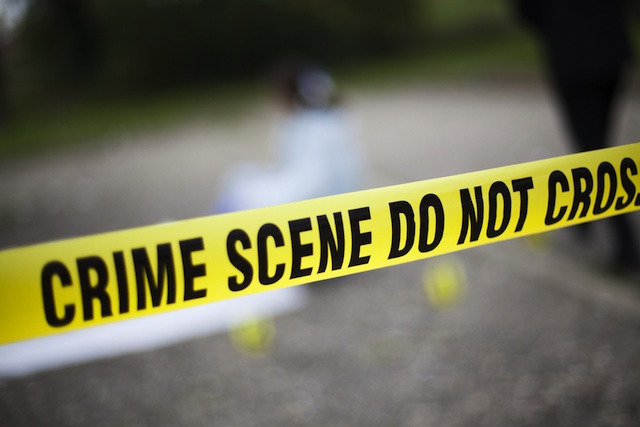Chicago Crime Reporter: Virginia Shooting Revealed Daily Horror Of Gun Violence
By Rachel Cromidas in News on Aug 27, 2015 5:25PM
Perhaps the most terrible and poignant moment in the recent graphic, fatal shooting of two Virginia TV reporters, caught on tape, was the expression of utter terror on the reporter's face moments before her death.
That tragic moment is unfortunately a daily reality for some people living in high-crime urban areas, as the Chicago Tribune crime reporter Peter Nickeas reminded followers in a Facebook post Wednesday:
"The difference between the shooting this morning in Virginia and every other act of gun violence is that the internet had to see the fear on a woman's face as she realized she was about to die," he wrote. There is a regularity to violence in urban areas. Today everyone saw what violence looks like, except the victims are usually a little younger and have darker skin."
Nickeas details the alarming statistics that those who have been directly touched by Chicago's seemingly intractable gun violence problem know well. People all over the world who have watched the Virginia shooting video now know a bit of what that feels like, he writes:
In Chicago alone, it happens more than 2,000 times each year. Go to a crime scene and ask kids if they have seen someone shot. And the answer will be, "well, the first time ..." What the Internet is going through right now is almost a rite of passage for kids in urban areas.So for everyone sitting at work saying, "man, that video messed me up," well, yea. It should mess you up. It's a disgusting thing to watch. For everyone who says "I can't even" or "I need to disengage today," those are normal reactions to exposure to violence. Seek help if seeing people get hurt doesn't bother you.
And, the emotional me wants to grab people by their collars and drag them to a crime scene so they can see the ghostly faces of people who saw it happen lingering around waiting for detectives, or the anger behind someone's eyes while they sit there staring at the body.
He goes on to wonder whether disengaging from social media because of the painful reminders of this violent act to be found all over the Internet is the right response—and whether the ability to truly disengage is a privilege belonging to few:
Kids in urban areas don't have the option to turn off social media if they don't want to see violence. They can't just say, I'm going to stay off Twitter. It's real life, it's not a video on the internet. They stay on the block. It's a relative who was shot, or beat, or stabbed. Or worse, it was them.Kids see the "oh shit" look on someone's face right before they get shot. And the video doesn't cut off. They hear the gunfire, see the body, see the police, see how the family reacts. Soaking it all up. And we wonder why a percentage of kids end up violent or starving for adult attention when they have to internalize all that anger and grief that the internet, collectively, felt today.
There have been at least 305 homicides logged in Chicago since Jan. 1, and 1,897 total shooting victims, according to a Tribune analysis of police data—including at least 11 shootings on Aug. 24 alone. Chicago saw over 430 homicides in 2014, and 2,587 shooting victims overall.
